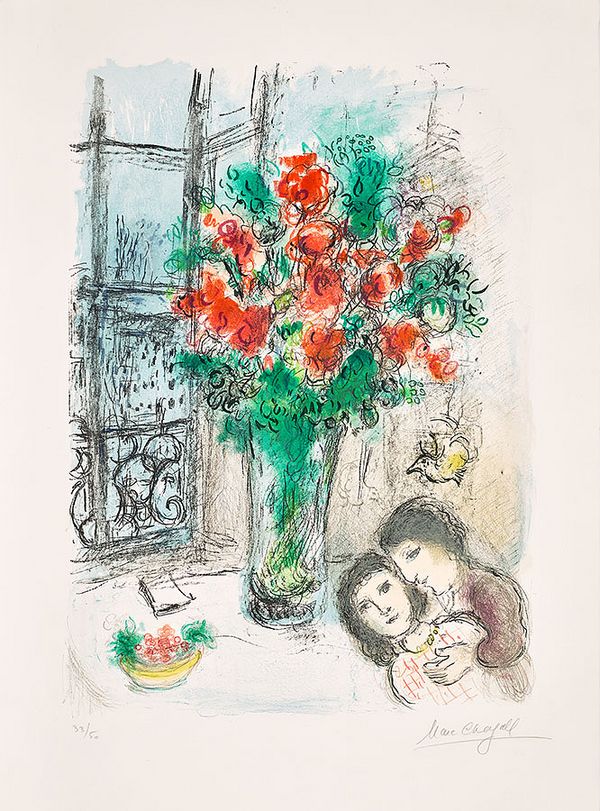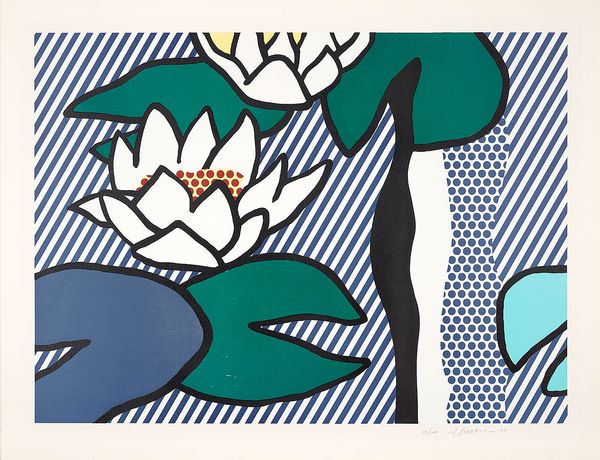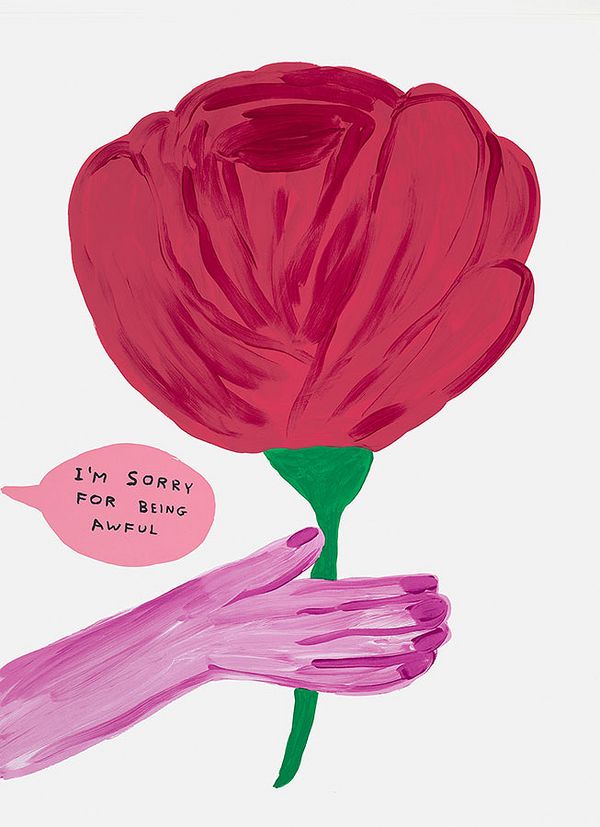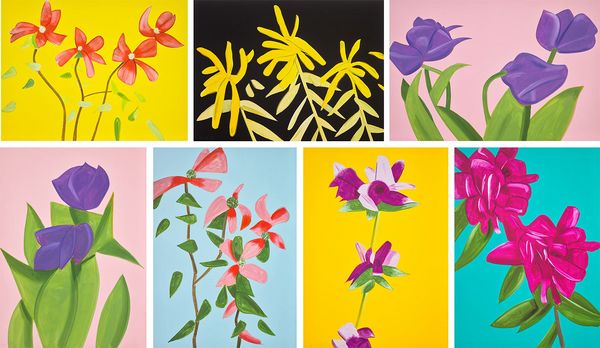Alex Katz, Flowers, 2021. Editions London.
Alex Katz: The Gardener
Fundamentally, a garden is a small-scale attempt to make various forms of life thrive together. A highland plant meets a desert shrub or a prairie seedling in a tiny vegetable kingdom, each speaking a different language of needs and aims and dreams, uniting under and often despite the circumstances to display a wonderous prism of colors and forms that an artist immortalizes on canvas. Alex Katz’s Flowers, in this manner, presents the viewer with the parable of the gardener and the painter. One hot summer morning, a gardener and a painter set up their tools next to a plot of soil, each with ambitions to create something sublime. The gardener notices they have forgotten their watering can. The painter notices they have forgotten their yellow acrylic. Nevertheless, the flowers spring forth from the dirt, yellow as yolk. Irritated, the artist and the gardener set off to fetch their respective kits. By the time they return, it is raining, and the flowers have turned orange.

Marc Chagall, Les fleurs rouges (The Red Flowers) (M. 705). Editions London.
Marc Chagall: The Set Designer
If a rose is a rose is a rose, which is to say, if things are as they are, visual shorthand would not exist as we know it. When it comes to Marc Chagall’s Les fleurs rouges, then, we must consider the type of scene it commonly insinuates in the popular imagination, and term a phrase to fit its ubiquitous, yet unnamed occurrence. Enter our soap opera lovers, bathed in the soft focus of a Parisian afternoon. The apartment is plush, if otherwise stiff and lifeless, save for an ever-present, ever-fresh bouquet of roses in the salon. They embrace seditiously – his twin, her husband, will at any moment return from the war, bandaged and decorated – but that is then, this is now, and there is no level of duplicity that can overwhelm passion. As their entwined form lowers out of frame, the camera does not follow them; it averts itself by way of euphemism, aiming its attention closer and closer into the flowers until a bulb takes up our entire field of vision. Forget Chekhov’s gun; the principle at play here is Chagall’s roses.

Roy Lichtenstein, Les Nymphéas (The Water Lilies) (C. 280), 1993. Editions London.
Roy Lichtenstein: The Office Caretaker
The operational logic of airports, malls, and business centers flows from a single concept; one that galvanized in the increasingly fading image of the 1990s. It posited that the alienating, impersonal spaces of prior decades ought to instead consider embracing the bodies occupying their halls. Cue the indoor fountain. Whether they housed wishing coins, small fish, gleaming synthetic rocks, or a seasonal parade of flora, these fountains brought indoors a natural element that, in hindsight, feels almost liberating compared to the frictionless open floorplan non-places of today, but at the very least provide a starting point for office plant culture. Let’s imagine a desk worker; let’s call him Roy; let’s imagine him on his lunch break, tapping his foot as the dulcet tones of Cal Tjader’s vibraphone struggle to resonate from the trebly elevator speakers, hold the door, going down?, yes, thank you, to the lobby, where he has names for the goldfish and spends his half hour watering the ferns, checking on the lilies, and sprucing up the leaves that need a little care. Does it sound sad? Atomizing? Before answering consider: In 1993, does Roy have a portable email machine that follows him everywhere?

David Shrigley, I’m Sorry For Being Awful, 2018. Editions London.
David Shrigley: The Apologist
There’s something to be said for the single-flower apology. A bouquet – for the righteous few who have never had to grovel at the feet of love – spreads atonement thinly and mawkishly over a dozen stems, turning an intimate whisper into a waving shout over a crowd. No one ever means it with a bouquet. What David Shrigley’s I’m Sorry For Being Awful so perfectly captures is the depth of meaning that a lone flower, presented with the remorse of parting clouds and the impudence of a primary school Valentine, can capture in the exchange from one hand to another.

David Hockney, My Window: No. 778, 17th April 2011, 2011/2019. Editions London.
David Hockney: The Petal Dreamer
It’s a reasonable bet that 2019 may very well be the most amnesia-inducing year in quite some time. Take a moment. What happened that year? Given the world-historical change in the year to follow, David Hockney’s My Window: No. 778 takes on a before-and-after context that lends it a hazy but gossamer quality in the most complimentary way. How many annuals bloomed that spring, only to return untended in 2020? Along suburban streets and city boulevards, cherry blossoms erupted to no onlookers. A rosebush leans into a favorable breeze to knock on Hockney’s windowsill and remind him that this partial object is still there, even if it can’t be fully embraced from inside. Yet it flourishes, as it did in previous years, and will again, in full view when the time is right. These beautiful things, obscured by their proximity to us, also need space.
Discover More from Editions & Works on Paper >
Recommended Reading
